A Step-by-Step Guide to Buying and Exporting Tropical Fruits from Zimbabwe
A Step-by-Step Guide to Buying and Exporting Tropical Fruits from Zimbabwe
There are few things more satisfying or delicious than biting into a juicy, sweet piece of fruit fresh from the tree. Harvesting and exporting tropical fruits is a lucrative business opportunity for anyone with access to these crops and the means to invest in equipment. What you probably don’t know, however, is that it’s also an exhausting, challenging process that requires careful planning and attention to detail. If you’re considering venturing into the world of tropical fruit exports as an independent operator or secondary venture for your primary business, this guide will walk you through every step of the process.
Why Export?
There are several good reasons to export tropical fruits. First, this product is highly sought after in international markets, and demand is high. This means that you’ll have a ready supply of customers for your produce once you get it to market. Second, tropical fruits grow best when the weather is warmer, making them ideal for the Southern Hemisphere where the weather is warm year-round in many areas. Most temperate fruits only grow during the warmer months in these climates, making them much more difficult to cultivate and harvest. Third, exporting tropical fruits is a great way to diversify your business and spread the risk of growing a single crop. If a virus or pest outbreak occurs in your area and decimates your crops, you’ll still have plenty of other products to sell.
Deciding What to Grow
Before you begin the process of buying and exporting tropical fruits, you’ll need to select the specific varieties you plan to cultivate. Tropical fruits can be divided into three general categories based on the length of their growing season. Short Season. These varieties have a lengthy growing season of only 6 – 10 weeks. They grow well in warm, tropical climates and include bananas, avocados, grapefruit, lemons, limes, oranges, and papaya. Medium Season. These varieties have a growing season of 10 – 12 weeks, making them a good option for regions with warmer, but not tropical, climates. They include kumquats, passion fruit, pawpaw, and soursops. Long Season. These varieties have a 12 – 15-week growing period, making them suitable for cooler, but not frigid, regions. They include avocids (avocado’s lesser-known cousins), durians, lychees, mangosteens, rambutans, and yuccas.
Choosing the Right Equipment
The next step in buying and exporting tropical fruits is purchasing the necessary equipment for cultivation and harvesting. This will depend on the types of fruits you’re growing and the expected volume of your produce, but it’s important to buy the best quality equipment you can afford. Poorly constructed tools are likely to break during harvesting or cause damage to your produce, resulting in a lower yield and a loss of revenue. When purchasing equipment, keep a few things in mind: Make sure it’s made of high-quality, corrosion-resistant materials that are built to withstand the elements. Make it is easy to clean and store. Choose tools that are multipurpose whenever possible. This will save you money and make each piece of equipment more efficient. Consider investing in a harvesting machine. While they are expensive, they will make your job much easier and significantly reduce the amount of time spent harvesting each day.
Finding a Good Farm Manager
Whether you’re a large-scale commercial grower or a smaller-scale, backyard operation, you’ll need to hire a farm manager to oversee your orchard and ensure that your crop is growing and maturing properly. Ideally, you’ll want to find someone who has experience in tropical fruit production, but this isn’t always possible. Here are a few tips for finding a good farm manager: Have a thorough interview. Make sure to ask plenty of questions about their experience in growing tropical fruits, their education and training, and their philosophy on growing these crops. Check their references. A good farm manager will have plenty of positive references and recommendations from satisfied clients, but a bad one will have a long list of former employers that will let you know about it. Pay attention to their attitude. You want to work with someone who is attentive, responsive, and detail-oriented.
Establishing a Reputation and Marketing Strategy
The products you grow and export will need to be certified organic or certified by a reputable third party. This will ensure that you meet industry standards and avoid penalties from import authorities. It also helps you build a reputation for quality and reliability among your customers. Once you’ve established your organic certification, start marketing your goods to potential customers. There are several ways to do this, including through trade shows, direct sales, and online marketing channels. Trade shows are often a great way to meet new customers, but they can be a significant financial investment. Direct sales can be effective, but they limit your customer base to whoever is able to travel to your location to make a purchase. Online marketing channels will cost you money to set up and maintain, but they are effective and accessible to customers no matter where they live.
The Big Day: Harvesting and Exporting Your Produce
Congratulations, you’ve made it to the harvesting phase! This is where the hard work pays off, but you also have to exercise extreme caution to avoid damaging your crops or exposing them to pathogens. Always wash your hands thoroughly with soap and water before handling produce and use disinfectant sprays or wipes to clean equipment that might otherwise spread disease. Follow the recommended harvest times for your crops precisely to avoid over- or under-ripening your produce. You’ll also need to decide how to transport your produce to the port. Here are your options: Air-freight. This is the quickest and most efficient way to get your produce from the farm to the port and from the port to the destination. However, it is also the most expensive option. Land transport. If you’re growing tropical fruits in a region that doesn’t have a major airport nearby, this is your best bet. It is slower and less efficient than air-freight, but it is also significantly less expensive.
Summing up
Buying and exporting tropical fruits can be challenging and exhausting, but it can also be incredibly rewarding. Once you’ve set up your operation and start bringing in revenue, you’ll be able to enjoy the fruits of your labor for years to come. Remember to stay organized, communicate clearly with all of your team members, and follow a disciplined, thorough approach to harvesting and exporting your produce to avoid costly mistakes.


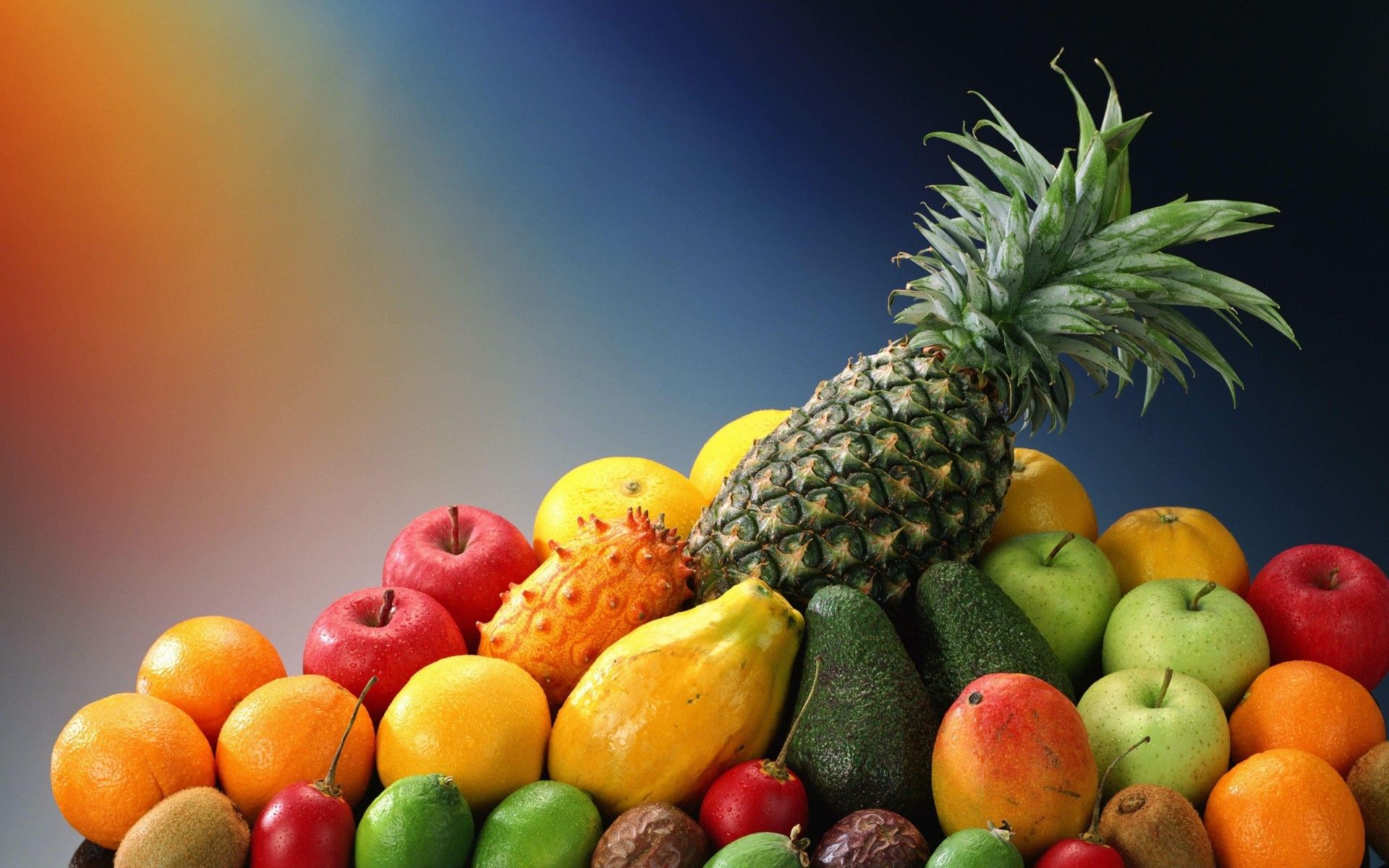
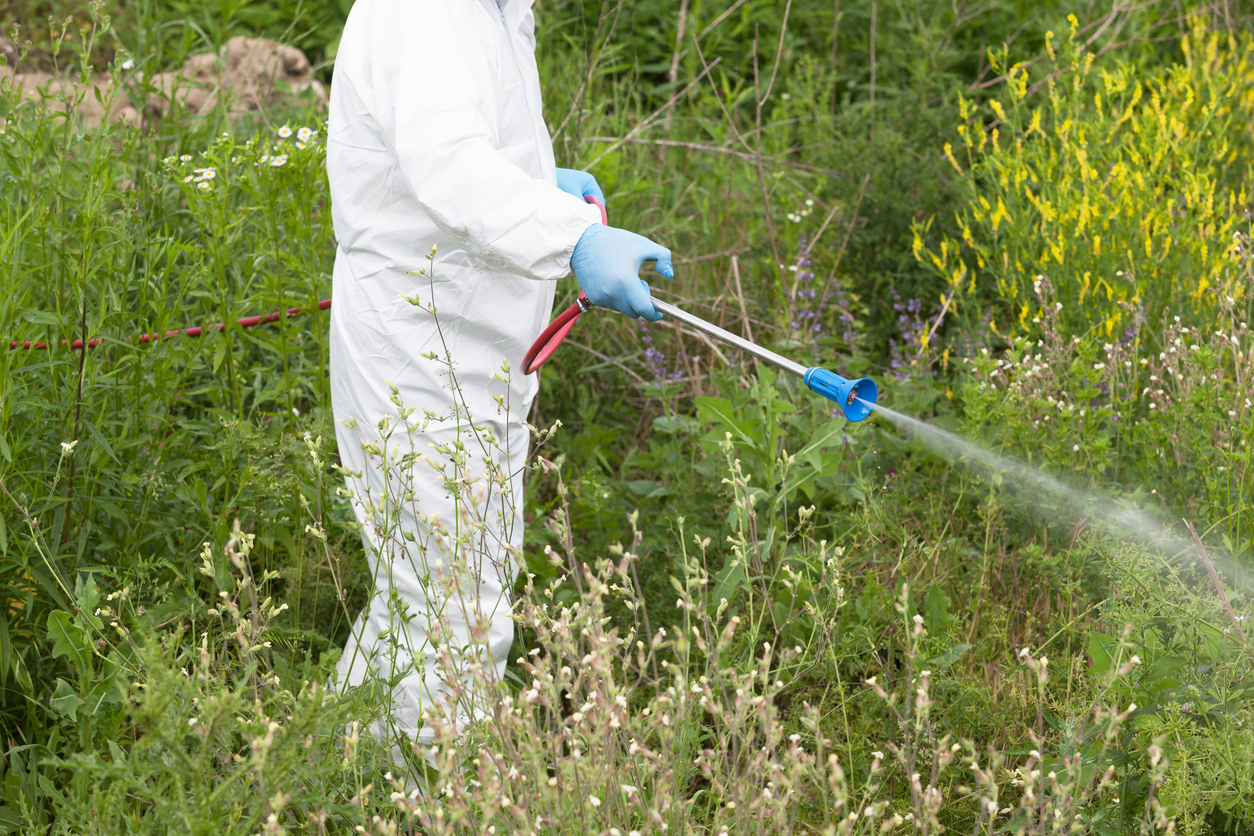
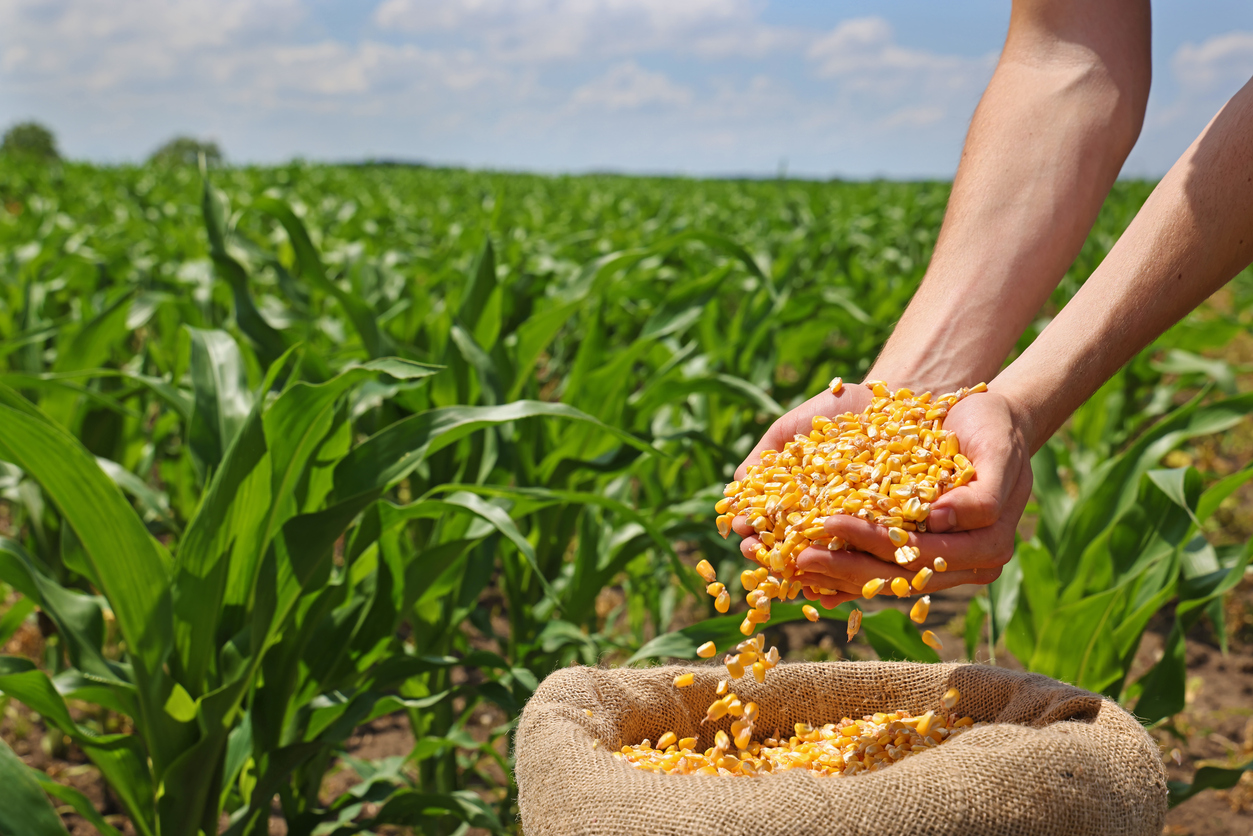

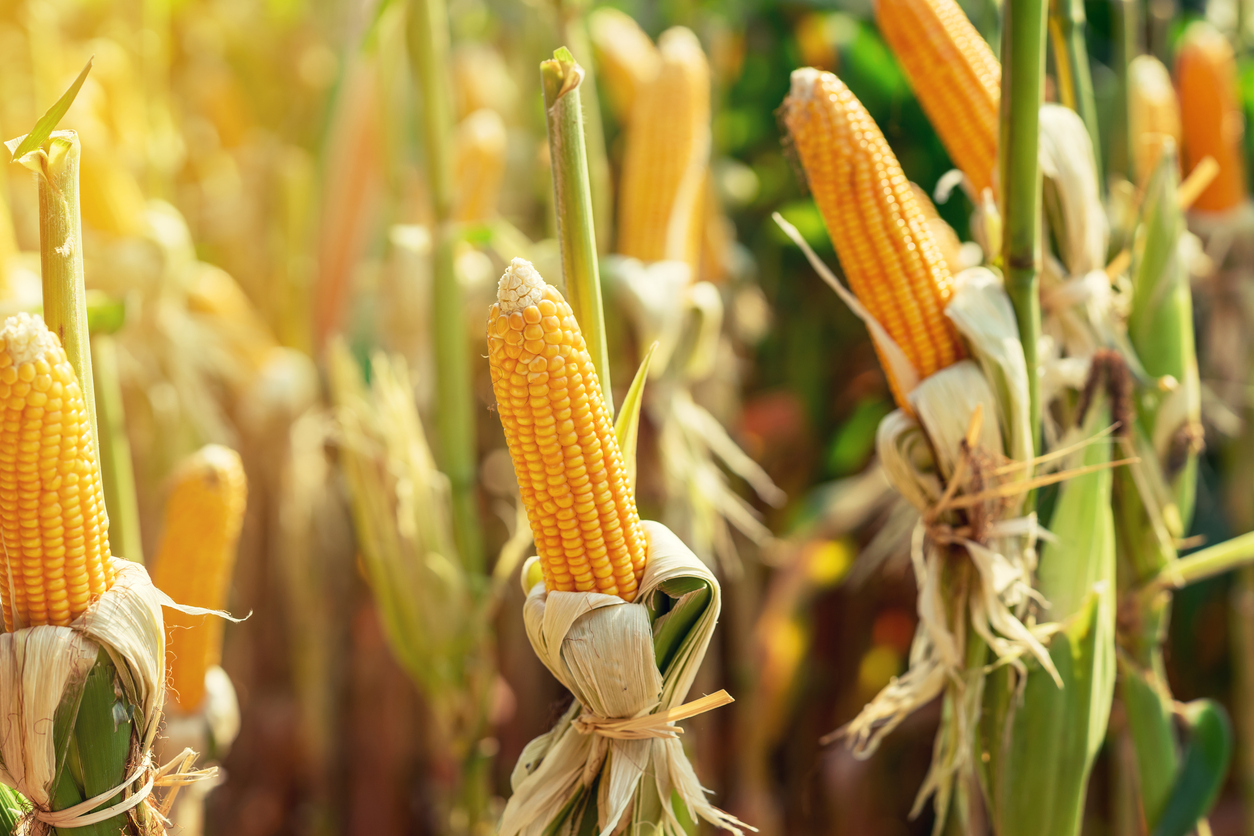
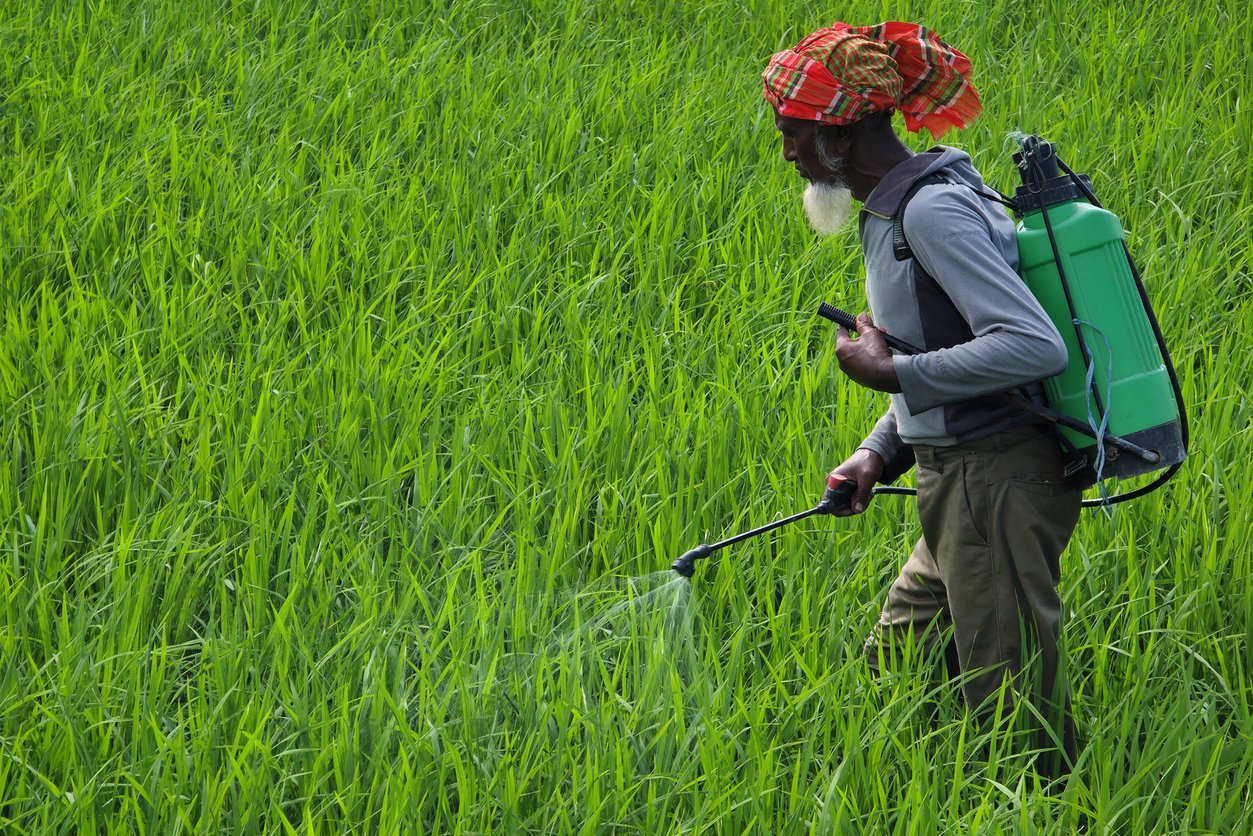
LEAVE A COMMENT
You must be logged in to post a comment.